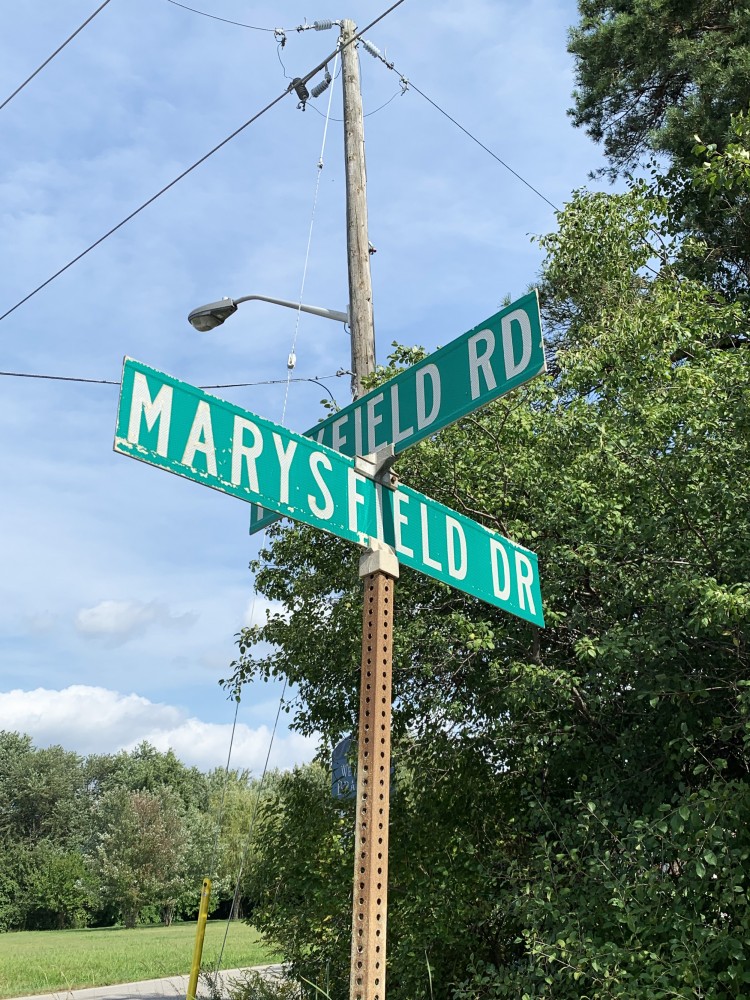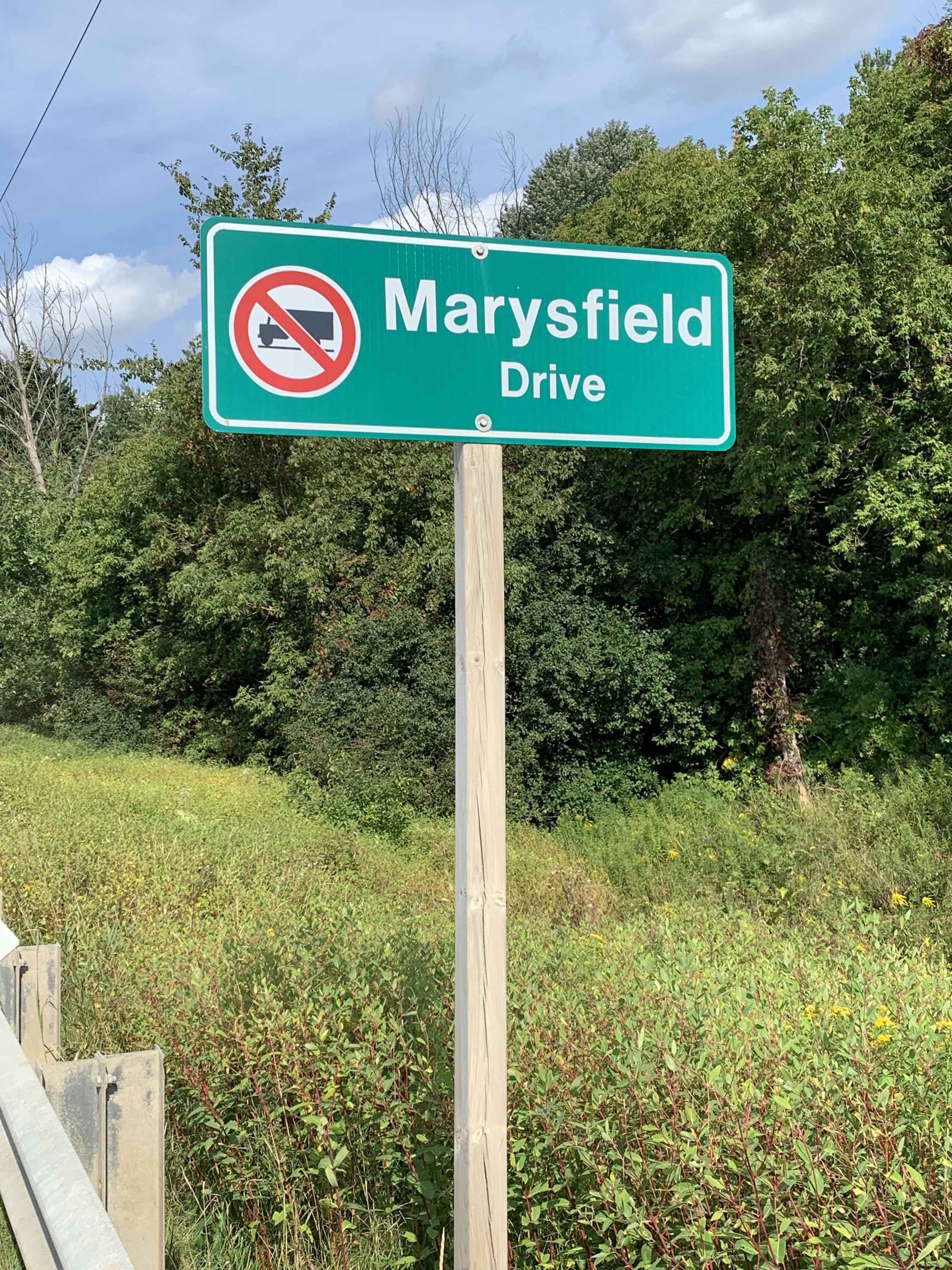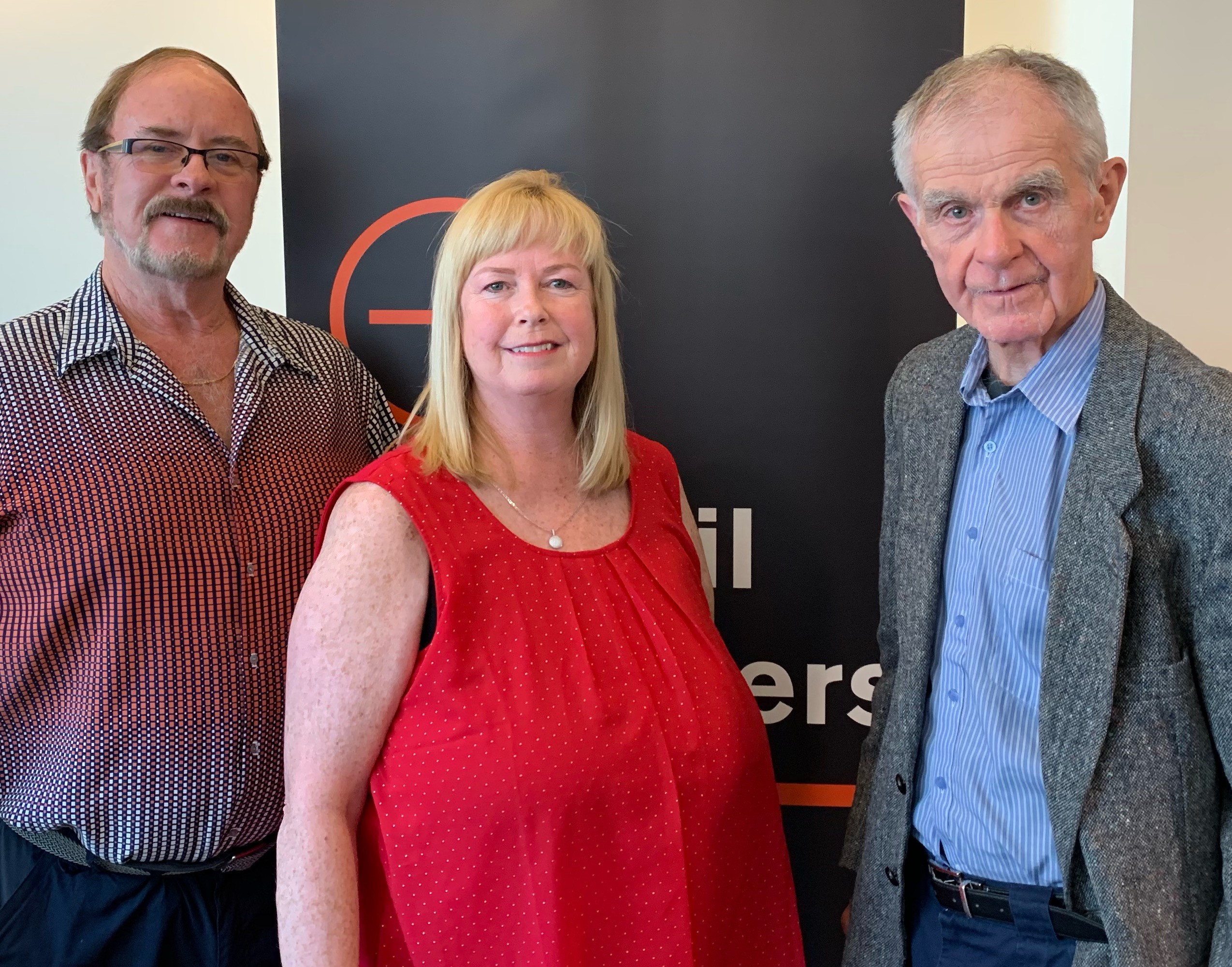
Residents face off over density worries in one of Brampton’s oldest neighbourhoods
On the outskirts of town in Marysfield, a residential area built just after Brampton became a city, a battle is taking place. The conflict is between those who wish to subdivide their estates to increase the total number of lots, and those who hope to preserve the historical character of the area by keeping the original lots, as big as two acres, intact.
“Indiscriminate redevelopment of downtown Brampton or other historic districts would not be allowed or even contemplated by the city, and that same protection should be extended to Marysfield,” self-described “concerned resident” Dan O’Reilly told Brampton councillors in a presentation at city hall on Wednesday.
His words came at the end of a speech in favour of relatively strict lot-severance rules in a Neighbourhood Character Review Study of Marysfield commissioned by the city in early 2018. Council has been looking at these considerations, with a final decision delayed until Sept. 25. O’Reilly’s statement, though, cuts to a key conflict at the heart of Brampton, which Marysfield illustrates: a conflict between the need to build more affordable housing — soon — and the desire to preserve history.

Battle lines were drawn in Marysfield in February 2018, when a bylaw was passed freezing all development until a study into preservation of the area’s “character” could be completed. Though that report has been available for some time, council has yet to make a decision and the opposing positions of residents remain unchanged.
“We have suffered since February 2018 without being able to build anything, though we still pay property tax,” local resident Jag Bal told The Pointer in front of his house. Building restrictions in place under the 2018 bylaw have left Bal’s property unrepaired and within six months of collapse, he says. “This has to end somehow.”
Recommendations in the Neighbourhood Character Review suggested keeping a minimum lot frontage of 45 metres. However, further deliberations by council could reduce that to 30 metres.
“If you look around these lots, some don’t even have 25 feet [of frontage]. If that can be done, I don’t know why we have to go through this. We’re just getting taken in circles,” Jag Bul’s neighbour, Mintu Takhax, told The Pointer in exasperation.

Marysfield resident Jag Bal (right) and neighbour Mintu Takhax.
However, back at city hall, Dan O’Reilly and sibling duo Mary Richardson and Bill Grant are battling just as hard to preserve what they view as the neighbourhood’s historic roots. Marysfield was founded by 14 families in 1954 as one of the first housing co-operatives in the country. The community developed around the Church of St. Patrick, the second oldest congregation in the Toronto Archdiocese, with Marysfield Drive built in the shape of a rosary to pay homage to its cultural roots.
“Previously, we were at two acres [per lot] and now they’re saying to go down to one acre, which is fine by me,” Mary Richardson told The Pointer. “It's trying to go less than 45-metre frontage that we’re trying to fight, because then everybody will start bringing it down to 30 or trying 25. It’s going to keep going smaller and smaller, until they allow any subdivision anywhere.” She complained about seeing Singh talking a lot with a lawyer who is seeking to subdivide his property.
Speaking to The Pointer after adoption of the plan was delayed again, Councillor Singh explained that it was all about getting decisions right before they become set in stone. “I do know the residents, [having been a local school board trustee in the past] and I have a good idea of what the pulse is. I am actually going out there and telling them this is a good idea, we do need to preserve the characteristics, because it does have a rich history. So I'm out there advocating on that, but I just want to be fair at the same time.”
Though Marysfield is ultimately an issue confined to a few hectares on the border of Brampton and Caledon, the points being hashed out are relevant to a far wider decision for the City of Brampton and, with October approaching, the new federal government.

Bill Grant, Mary Richardson and Dan O’Reilly are fighting to preserve Marysfield's historic roots.
As a city home to Canada’s busiest international airport, large numbers of new immigrants settle — and are expected to continue to settle — in the area. Proximity to Toronto, as well as developing industries of its own, have left Brampton with an exploding population. Affordable housing is limited, while almost unlimited demand has sent housing prices soaring.
As reported by The Pointer, city hall has recently heard from homeowners who have found rules relating to the registration of secondary suites too restrictive and costly, while housing demand begs for more options.
A poll published by Abacus Data in June showed issues relating to the cost of housing ranking twice in the top five concerns of Canadian voters for the upcoming federal election. The top priority was the cost of living, at 35 percent, while housing affordability was in fifth place, at 25 percent.
Regardless of the requirements the city decides to impose on the historic neighbourhood of Maryfield, the municipality, province and — perhaps most pressingly — the federal government will need to pull together to consider solutions to Brampton’s housing issues.
Councillor Singh told The Pointer he felt a sweet spot could be found between preserving history and creating much-needed density. “There are certain neighborhoods, for example Maryfield, where we do want to preserve the characteristics, but we should not be fearful of density as well. Affordable housing is a massive issue in the city and the Region of Peel as a whole. We want to help vulnerable populations, such as the younger generation. I myself am one of the youngest councillors, and I can’t afford many of the houses in Brampton.
“So density is a reality,” Singh continued. “I am supportive of striking that right balance preserving Brampton history — and it does have a rich history — but also being mindful of the realities of the housing market and providing opportunities for those more affordable options.”
Email: [email protected]
Twitter: @isaaccallan
Submit a correction about this story


